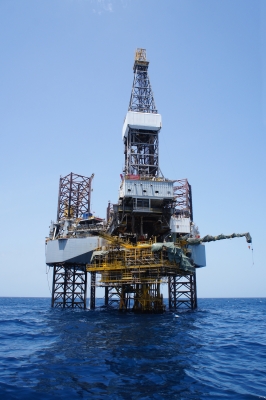
Rice, is one of the many grains we eat. Rice comes from pure paddies like these pure ten facts.
- There are more than 113, 000 known varieties of rice in the world.
- Mature rice paddy plants can be 1-6 meters in height.
- Rice is eaten daily by approximately half the world.
- In 2010, rice was the second most popular world-wide product grown.
- Rice is grown in approximately 100 countries.
- Fifty kilograms of rice seeds will grow 2,000 kilograms of rice paddy while 400 million tons of paddy makes 260 tons of milled rice.
- Insects, rats, viruses, heat, large downpours, birds, snails and wild buffaloes can destroy rice paddies.
- The rice grains turn a golden yellow when it is time for harvest.
- By 2009, the whole world was consuming 531, 639 thousand metric tons of paddy, which is equal to 354, 603 thousand metric tons of milled rice.
- One average person in Bangladesh eats about half a kilogram of rice daily.
Bibliography:
Hawkey, R 1980, Rice, Wayland Publishers Limited, England
Rice 13 October 2012, Wikipedia, <http://en.wikipedia.org/wiki/Rice>












